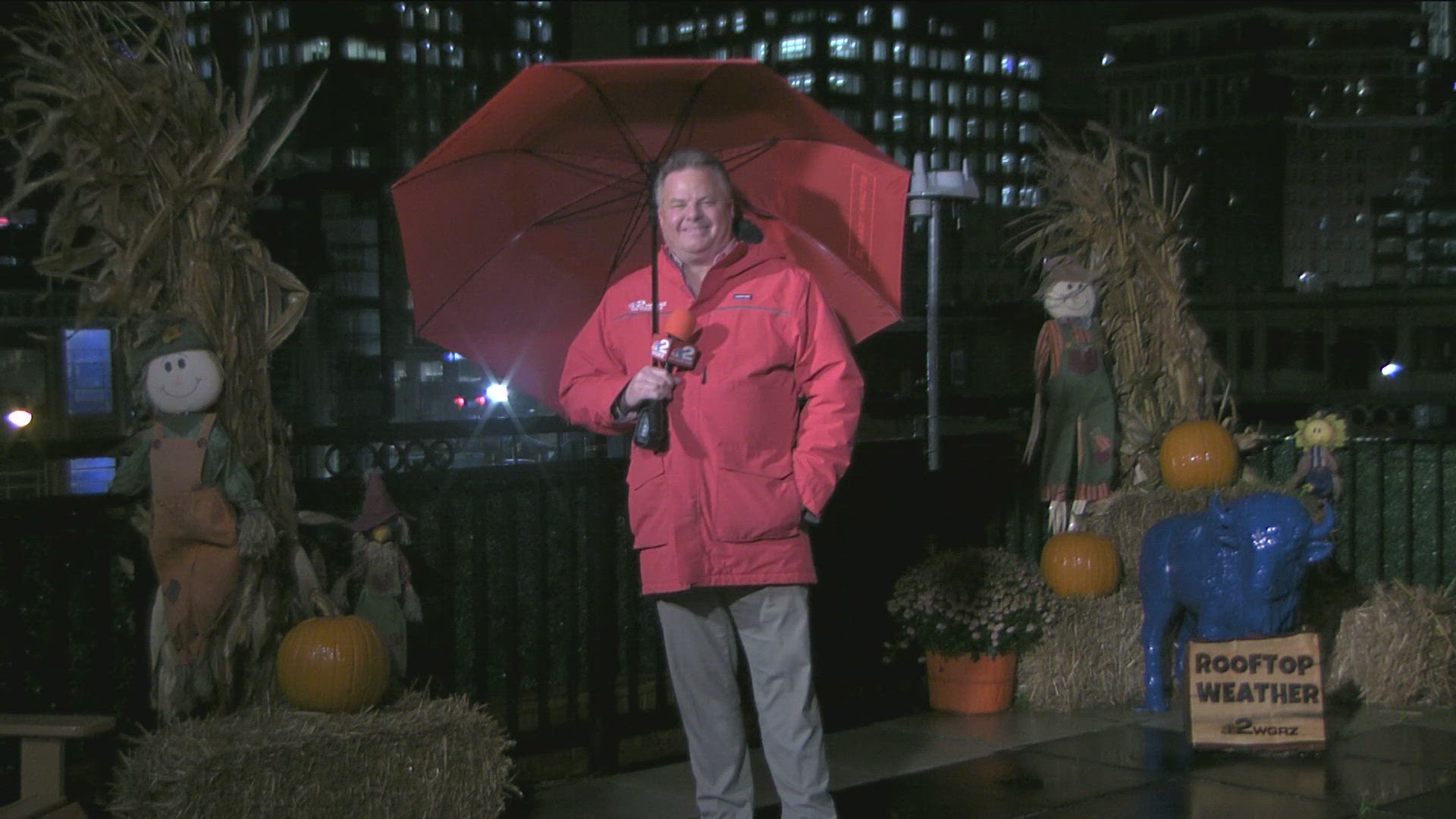BUFFALO, N.Y. — Western New York’s weather has been in a bit of a recurring pattern over the last few weeks: a cold front glides in quickly from the west but by the time it reaches the Great Lakes and Ohio Valley it runs out of steam and just sits there. Out ahead of that front, the weather turns hot, sultry and stormy.
This sluggish pattern isn't that unusual this time of year. During the summer months, weather systems tend to move very slowly, especially when considering the fronts that blast through during the winter. That change of pace occurs throughout the Northern Hemisphere during the summer.
The reason has to do with why we have weather in the first place. Earth’s surface gets warmed by the sun, but not evenly. During the summer, average high temperatures are near 90 degrees at the equator and near 50 degrees in polar regions.
Sure, it might be a shock to us to suddenly go from 90 to 50 degrees, but compared to temperature differences in the winter, 40 degrees isn’t much.
During the cold season, average temperatures range from near 80 degrees at the equator to minus-40 degrees at the North Pole. That is certainly a little more dramatic and Earth’s atmosphere isn’t a fan of drama. The atmosphere works to restore a balance by generating weather systems to try to transport energy to different parts of the globe.
But perfect balance is never achieved so the “weather machine” keeps on going. Generally speaking, the bigger the temperature difference, the more vigorous and fast moving different weather systems can be.
New episodes of Heather’s Weather Whys are posted to the WGRZ YouTube channel every Wednesday evening.
If you have a weather question for me to answer, send it to heather.waldman@wgrz.com or connect with me on Facebook or Twitter.



